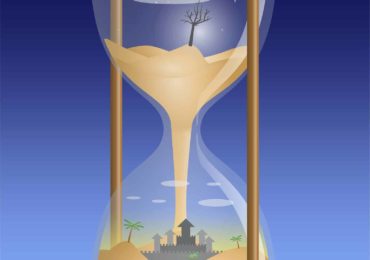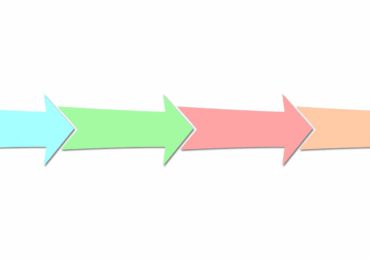An example of “Systemic Change”
Systemic change is the ceaseless flow of change through time. It is inevitable. The human dependency on his environment and his competitive behaviour causes changes in ecology which must be carefully studied and dealt with especially in terms of planning. A planner should know how to guide and control these factors for a larger benefit.

Following is an example of a systemic change at urban level. Mr A is the proprietor of a small clothing manufacturing firm ‘with-it-weather wear’. He knows his business largely depends on the changes occurring in fashion industry. He must update his knowledge and should be in contact with the retailer, wholesaler, must have easy access to the raw materials and have a large pool of labours mainly female. the activity system of the firm includes Mr. A’s trip from home to factory, Mr. A junior’s uncountable trips to factory as well for inspecting materials, trips of workers and large no. of telephone calls. Now, local authority has passed an act for clearance and redevelopment at lower densities. As a result of which his workers have gone away from the place and have got better payable jobs nearby. It becomes difficult for Mr. A, to retain his workers. Also, it is likely that his rent might go up as commercial values are rising in the city which will also affect the parking fare. mr a must compete and adapt himself in an optimal way so as to survive the change. One option is to move to some other affordable place. But he cannot afford to be far away from retailers and market. After viewing all the alternatives, he decides to move slightly away from main market to an area of low rent and near to his labours. Now, Mrs. B living in the new area, is a widowed old woman who works in a confectionary shop. His son is working and hopes for a promotion soon. While the son’s wife suggests him to buy a house, Mrs. B hesitates to shift on the thought that she is getting older and it will be difficult to travel for job in a new place. After arrival of Mr. A’s factory, it creates nuisance in the neighbour. it becomes difficult for a month old child to sleep and he wakes up by the noise. The family gets disturbed and after a series of discussions, they decide to shift (the family was already thinking of shifting and the setting up of the firm catalysed the thought process). The area chosen is a little far from centre of town with not so good public transport but Mrs. B can get a similar job in the shopping area being developed in the new area. Also a new dual carriage way was shortly to be constructed making travel easy. The family subsequently shifts to a new place. Young Mrs. B was a keen tennis player. Her friend invited her to play tennis in a local sports club. Now that the members were increasing, it was difficult to book courts. a discussion was held and alternatives came out. They could build a new court but it will encroach on the parking area. Shifting the club will cause trouble to the local members and will cut down the social contact. One of the member came out with a solution. Often the bookings were never claimed and the person next in queue should be given preference. So with some changes in the rules and timings, gave everyone a chance to play tennis.

The above example of systemic change makes it clear how a change in activity, space, communication or channel for optimal living of an individual can cause a similar or related changes with another individual. According to Chapin’s behaviour pattern, an individual or group has some values as relationship with the environment. These values lead to wants and needs on which goals and objectives are set which are carried by a course of action, decision and finally action. Course of action includes analysing problem, preparation and selection of alternatives.
The kinds of changes in space are-
- a) People adapt their behaviour, living pattern etc according to the changes in the surroundings. Example tennis court problem and solution. This is space-behavioural.
- b) Some changes lead to change in location, altering the special characteristic. Eg- the change in location of with-it-weather wear. This is space-locational.
- c) Building changes like construction comes in space-developmental.
Similarly there can be communications and channel changes. These changes are not straight forward or linear, but complex and usually occur together as interrelated changes. These vary according to the individual, society or his economic status. Some may be rational some irrational, but the general behavior is the same. These affects both human and environment for both good and bad and thus are an important aspect for a planner.
Read about: Rational Planning Model, Political Economy Model, Collaborative Planning Theory